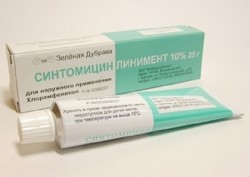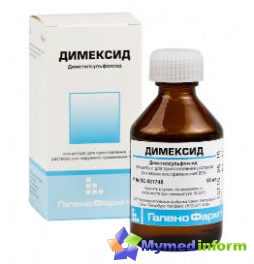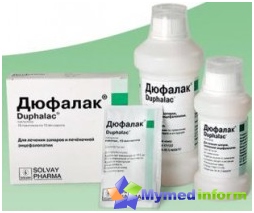Composition and properties of syntomicin ointment

The main active substance of this fund is chloramphenicol, which is also called syntomicin. In its chemical properties and the structure of Chloramphenicol recalls Levomycetin. This component has the ability to destroy various pathogenic bacteria and viruses, as well as prevent them from further reproduction in lesion foci. We also note that syntomicin copes with those microorganisms that are not sensitive to Penicillin.
The second component of synthesis ointment is castor oil. It is able to remove the redness and inflammation from the affected areas of the epidermis, as well as to have an antibacterial effect. Castor oil softens the skin, prevents its drying and peeling.
Scope of the drug
Manufacturers of synthesis ointments indicate the information about the information that this drug helps to fight at least 40 different diseases. Our site allocated some common ailments, in the treatment of which the line of syntomicin is used:
- Demodecosis, its other name - subcutaneous tick. This parasite settles in hair follicles and sebaceous glands, it feeds mainly subcutaneous fat. Sitizinic ointment is used as part of the complex therapy of this disease. She dries a little skin cover, relieves redness and inflammation, promotes wound healing.

Despite the fact that the syntomic acid ointment is a rather effective means, it is necessary to apply it with caution. MirSees would like to pay attention to the following warnings:
- Do not apply for one affected area at the same time several external drugs. That is, if you decide to be treated with a syntomicine liniment, use only this means. Otherwise, you risk earning an allergic reaction.
- Try not to resort to this tool constantly. Syntycin ointment, like other medicines, it is desirable to periodically alternate with other drugs similar. In this case, a zinc ointment may become a good alternative to the medicine under consideration.
- If possible, use the drug locally. That is, if you have a few pimples on your face, apply a syntomicine line to each of them, and not the entire surface of the skin. It is advisable not to mix medicine with cosmetics.
- Frequent use of such ointments is fraught with a violation of the hydrolypidal skin balance, which can be provoked Antibiotic, in the preparation. As a result, the epidermis can be dry and irritated.
Like any other drug, syntomic acid ointment has a number of contraindications. These include:
- eczema;
- allergy on any of the components of the means;
- disorders of liver functions;
- deep mechanical damage to the skin;
- Malignant and benign skin education.
Adverse reactions

Some people using a synthesis ointment can observe such unpleasant feelings as burning, itching and redness of the processed area of the epidermis is the most common side effects. Among other reactions to the drug can be called the following:
- increasing body temperature, chills;
- headache;
- skin rashes;
- Vomot or nausea;
- stool disorder;
- The appearance of redness and irritation on the skin;
- reducing body temperature;
- The feeling of weakness.
Application of synthesis ointments during pregnancy

It has been proven that the active substance of the drug is able to penetrate the placenta, but the effect of the medication directly on the fetus was not investigated. Pregnant women should use syntomic acid ointment only with the consent of the doctor and only in the case when it is extremely necessary.









